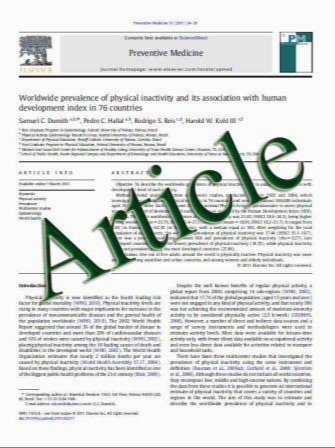Fecal Detection of Mycobacterium avium Paratuberculosis Using the IS900 DNA Sequence in Crohn’s Disease and Ulcerative Colitis Patients and Healthy Subjects
- نوع فایل : کتاب
- زبان : انگلیسی
- مؤلف : Anna Tuci Francesca Tonon Lucia Castellani Alessandro Sartini Giulia Roda Margherita Marocchi Alessandra Caponi Alessandra Munarini Gi
- چاپ و سال / کشور: 2011
Description
Background and Aim Despite the increasing evidence of MAP/DNA isolation in Crohn’s disease (CD), its potential pathogenetic role remains unclear. To further clarify the possible relationship between MAP and CD, we investigated the presence of IS900 DNA fragment in feces from Crohn’s disease and ulcerative colitis (UC) patients and from healthy controls (HC). Methods Stool samples were collected from 31 CD, 20 UC, and 23 HC and stored at -20C in 200-mg aliquots. DNA was extracted. MAP presence was detected with a specific PCR amplifying a 409-bp fragment from IS900. The specificity of PCR for IS900 was confirmed sequencing three positive products. Statistical analysis was performed using the Chi-square test. Results Twenty-one of 31 CD (68%), 13 of 20 UC (65%) and 11 of 23 HC (48%) were MAP-positive (CD vs. HC: p = ns; UC vs. HC: p = ns). With the limits of a small sample size, the IS900-positive percentage in CD and UC was higher than HC, although the difference was not statistically significant. Conclusions The possibility to track the MAP presence in human feces represents a new approach to the ‘‘MAP hypothesis’’. Detection of MAP DNA in feces is very common, reaching very high prevalence both in CD and in UC and even in HC. Our findings seem consistent with a high prevalence of MAP asymptomatic infection among the general population and so the possible involvement of MAP in CD pathogenesis could be linked to a specific immune defective response.
Dig Dis Sci DOI 10.1007/s10620-011-1699-6 Received: 10 January 2011 / Accepted: 25 March 2011


